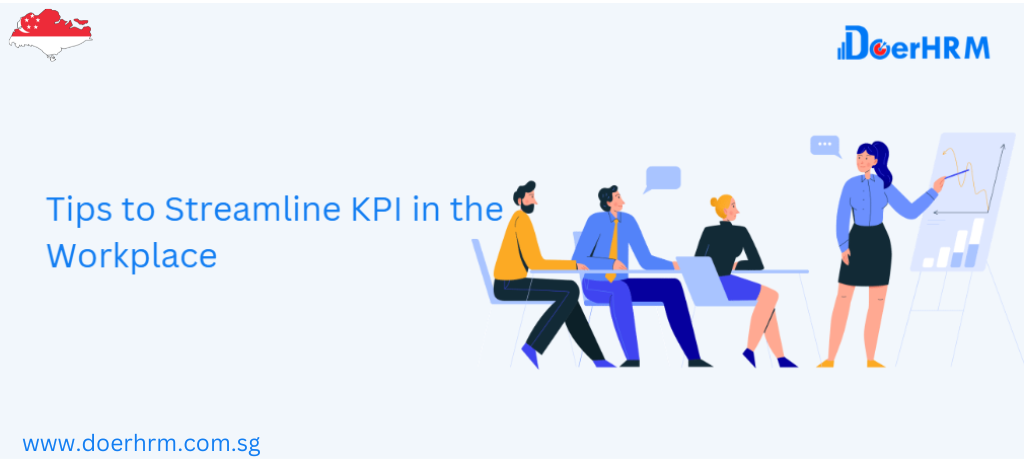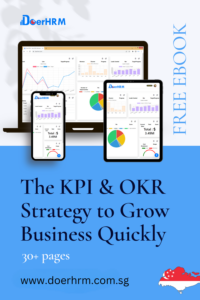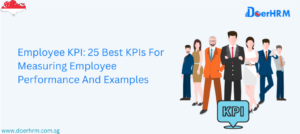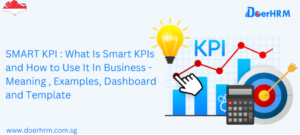Less is better, a sentiment widely shared among finance professionals, applicable to tasks ranging from overseeing management to presenting numerical data on slides.
However, the allure of key performance indicators (KPIs) often leads to a desire for more. If monitoring three KPIs proves beneficial for a business, the temptation arises to track ten, twenty, or even thirty. Yet, this may not always be advantageous.
An excess of KPIs can overwhelm department heads with information to the point of losing focus. Effective collaboration with the finance department becomes challenging, and data overload can hinder the team responsible for financial planning and analysis (FP&A).
When every metric is labeled a key performance indicator, none truly stands out or emphasizes the importance of a particular aspect. The term loses significance, and crucial signals that warrant attention can become obscured.
It’s not easy to keep track of KPIs that really drive growth. Finance leaders must foster engagement, instill trust in the metrics, and ensure that meaningful data provides insights, motivating proactive action. Establishing this foundation is the initial step.
How to streamline KPI?
It’s not easy to keep track of KPIs that really drive growth. Finance leaders need to keep people involved and trust the metrics so that the right data can give people insight and motivate them to act. Here’s what to do first.
Communicate in the same language
Certain metrics are more important to some business units or departments than to others. When a department head defines and names a metric in a silo, it’s impossible to compare data from different departments. Each department has its own way of talking about data, which doesn’t always make it clear which KPIs are really important.
A metrics catalogue is a quick and easy way to get everyone to speak the same language. It puts all of a business’s financial and operational metrics into one central database and tells how and how often each one is measured. The first step in figuring out which KPIs are most important is to make sure everyone understands what they are.
Build KPI Trust
Spreadsheets can be full of mistakes, like old information, typos, or repeated information. That’s why FP&A teams spend so much time making sure data and formulas are correct and checking them twice.
But the risks of spreadsheets aren’t just in the finance department. Sharing reports with bad information or asking other departments to put budgets or plans into an old system is the quickest way to lose trust with them.
When people don’t feel like they can trust the accuracy and consistency of the KPIs they’re tracking, they look for validation and reassurance from a wider range of sources. This is why it’s important to have a single source of truth. A cloud-based tool that is updated in real-time for all users is one way for managers to know that KPIs are correct.
Link your KPIs to your insights
No single performance indicator can tell the whole story. A single metric won’t lead to strategic insights or questions, nor will it make people act or get involved. Clear communication is important, and what’s shown often shows what’s most important.
The goal is to make a financial and operational dashboard that is easy to understand and use. Think about how strong visuals make it easier to understand the financial context of some KPIs.
The dashboard should draw the customers’ attention to what’s important. It’s better to choose a few actionable KPIs than to list all of the interesting performance indicators.
Finance managers should feel like they have the power to answer their own questions and run their own reports. KPIs should be looked at in the big picture:
- How things go over time
- Predictions for the short and long term
- What’s going on underneath that affects the movement
- In-depth analysis with finance leaders, but not so much data that it overwhelms them
Streamlining efficiency and processes is one of the main goals of any business that wants to be as effective as possible. Every little bit of redundancy that is taken out saves money, either right away or later on.
DoerHRM KPI software is an innovative way for a business manager who is serious about running their business in an effective and thorough way to do so. It has benefits for everyone.
Our project management software has many features that can help your business get rid of waste and work as efficiently as possible. From a more general point of view, though, what are some ways you as a manager can help improve the flow of work and make things run more smoothly?
Explain how work gets done
The most productive employee is one who knows exactly what to do and how to do it. When employees don’t understand your instructions or how things are usually done at work, they will spend more time asking questions and make more mistakes.
By making sure your processes are clear ahead of time, you can avoid confusion and get the most done. If more than one employee has a problem with how you give them this information, don’t get defensive. There may be a flaw in the process that makes the employee’s job too hard, and you need to fix it.
Outline Steps
One good way to get the job done is to carefully outline the steps and make lists or standard work instructions that are easy to see. If your industry has a lot of complicated tasks to do every day, why not post a guide to some of the most common ones where employees can find it easily?
Businesses with well-organized online portfolios, which is something that DoerHRM KPI software helps with in a big way, can use them as resources for all kinds of common practices and as communication channels.
Help your employees get better
If your employees see that you care about how they are doing and what they can do to get better, they will be more likely to do the same. Give constructive criticism where it is needed, but also give praise.
Communication is the key to a successful business, and your employees will be more willing to talk to you if they know you care about them and don’t just see them as a means to an end.
Welcome Responses
Taking suggestions from employees in order to improve work processes is one of the most important things to do. Use a tool like DoerHRM KPI to collect employee ideas and highlight the good things that have happened because of them. People who do the day-to-day work are often the ones who notice when things aren’t working well. This can be harder for managers to notice.
When you listen to and act on employee concerns, you not only help them be more productive at work, but you also show them that they are important members of your team. Even people who spend most of their days being told what to do like to feel useful and like they are worth listening to.
Is your business poised to elevate to the next level? DoerHRM KPI software simplifies the process of aligning your employees and streamlining project management for enhanced efficiency. Our team of business management experts is prepared to assist you on this journey.






